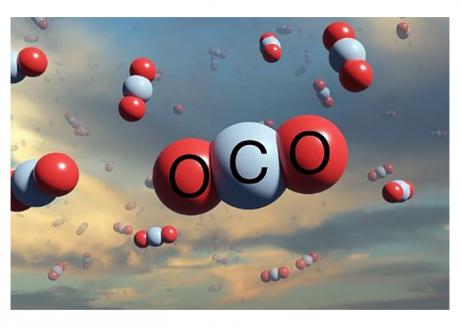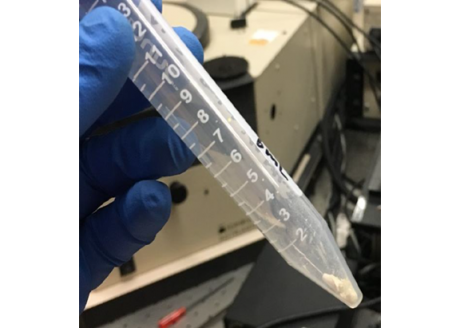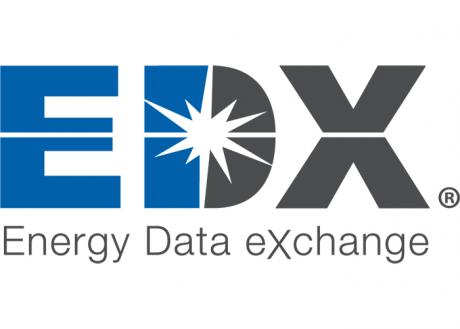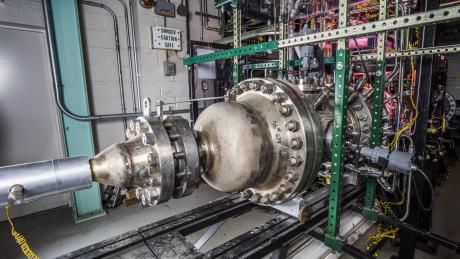Today, the U.S. Department of Energy’s Office of Fossil Energy and Carbon Management (FECM) announced $8 million in federal funding for four projects to develop and test technologies that capture and utilize carbon dioxide (CO2) from power systems or other industrial sources to create valuable products and services, biomass and bi-products. Using algae, the selected projects will develop conversion technologies to decrease emissions, helping to reach the Biden-Harris Administration’s goal of net zero emissions by 2050.
In the continuing effort to reach the Administration’s net-zero carbon emission goals in the power sector by 2035 and the broader economy by 2050, NETL is advancing emerging carbon dioxide (CO2) capture research areas such as direct air capture (DAC) and bioenergy with carbon capture and storage (BECCS) by engaging in extramural collaborations with the private sector, academia and other national laboratories.
NETL Director Brian Anderson, Ph.D., will present the keynote address “Paving the Way to a Decarbonized Energy Future” at 10 a.m. ET Wednesday, June 23, during the POWERGEN+ Series: The Future of Electricity.
“By undertaking a diverse mix of critical projects, NETL is leading efforts to meet the ambitious goals of the Biden Administration calling for a carbon emission-free electricity sector by 2035 and economy-wide net-zero emissions by 2050,” Anderson said.
In partnership with NETL, researchers at Idaho National Laboratory (INL), Rutgers, Arizona State University, OLI Systems and Lawrence Livermore National Laboratory are developing new sensing methods of detecting rare earth elements (REEs) contained within America’s fossil energy resources using luminescent detection.
The U.S. Department of Energy’s (DOE) Office of Fossil Energy and Carbon Management (FECM) has awarded nearly $18 million to advance eight projects to extract Rare Earth Elements (REEs) and other Critical Minerals (CMs) from materials such as coal waste materials and support revitalization in regions across the country that face economic adversity due to declines in coal and power plants communities.
Today, the U.S. Department of Energy (DOE) announced $12 million in federal funding for six research and development (R&D) projects that are advancing direct air capture (DAC) technology, a carbon dioxide removal approach that extracts carbon dioxide (CO2) emissions from the atmosphere. The projects, housed at universities and labs in Arizona, North Carolina, Illinois and Kansas, are creating tools that will increase the amount of CO2 captured by DAC, decrease the cost of materials, and improve the energy efficiency of carbon removal operations.
NETL’s Energy Data eXchange (EDX) has served as a virtual platform for the public curation of research data and tools for more than a decade, bringing together researchers from across the U.S. Department of Energy’s Office of Fossil Energy and Carbon Management (FECM).
The U.S. Department of Energy’s (DOE) Office of Fossil Energy and Carbon Management (FECM) announced the selection of three projects to receive $1.5 million in federal funding for cost-shared research and development (R&D) to explore how carbon-based building materials can support the Administration’s commitment to building a clean energy economy that creates good-paying union jobs and transforms disadvantaged areas into healthy and thriving communities.
NETL researchers are using analytical tools and modeling to determine the efficiency and cost effectiveness of technologies that can pull carbon dioxide (CO2) from ambient air and help reduce greenhouse gas levels in Earth’s atmosphere.
NETL representatives joined gas turbine researchers and industry experts at the American Society of Mechanical Engineers (ASME) Turbo Expo, held June 7-11, to discuss the role of advanced turbine technologies in achieving energy production with net-zero emissions and the changing workforce dynamics brought about by the economic focus of addressing climate change amongst other turbine and energy related topics.














